Table of Contents
Celery (Apium graveolens) is one of nature’s most rewarding gifts. From its leaves and stalks up to its bulb and tuberous roots, the celery plant can be added to countless dishes, boosting unique aroma and flavor. It belongs to the same Apiaceae family of carrots, cumin, fennel, cilantro, and parsley.
Chopped celery stalks put extra crunch in fresh salads, while the leaves and stalks give off mildly herby flavor in soups, stews, and stir-fries. Like carrots, celery works well as stuffing in chicken or turkey too. Other than its culinary importance, celery is also beneficial to your health.
Phytochemicals found in celery, such as phenolic acid, flavonoids, and antioxidant vitamin C fight oxidative stress that contributes to cardiovascular health risks. Research also suggests that celery leaves have anti-inflammatory benefits due to its phytonutrients.
All these possible health advantages from celery make them valuable produce. Growing your own celery at home ensures they’re free from inorganic chemicals.
Common Celery Types
To learn more about this aromatic vegetable, let’s take a look at the differences between heirloom and hybrid varieties and their common examples.
Heirloom and Hybrid Celeries
Celery heirloom varieties, which are free of cross-breeding for a significant period of 40 to 50 years, hold true to their seeds. Ethnic, family, or religious units in a certain geographic region practice seed saving of heirloom varieties. The seeds carry similar traits of the parent plant. Golden Boy, Golden Self Blanching, Nan Ling Cutting, and Tendercrisp are common examples of such heirloom varieties. However, a significant drawback of heirloom varieties is their disease and pest vulnerability. Celery plants often fall victim to diseases like blackheart, celery mosaic, Fusarium wilt and leaf blights, and pests such as aphids, cutworms, and white flies.

Innovative developments in agriculture led to the creation of hybrid plant varieties. Through deliberate and manual crossbreeding of two varieties, hybrid celeries can alleviate disease and pest issues, and improve flavor or yield. Beneficial traits from the two varieties are imbued in the resulting hybrid without forming a permanent seed line.
Due to these enhancements, hybrid varieties are favored for large scale celery production.
Celeriac, Leaf, and Pascal Celeries
Celery can be classified into three common cultivars — the celeriac type (Apium graveolens var. rapaceum), the leaf type (Apium graveolens var. secalinum), and the Pascal or stalk type (Apium graveolens var. dulce).
Celeriac, also known as celery root, knob celery, and turnip-rooted celery, grows a bulbous, edible hypocotyl and shoots among its roots. It is considered by many as a root vegetable and cultivated often in North Africa, North America, Mediterranean, Siberia, and Southwest Asia.
The leaf celery type or Chinese celery is characterized by its thin and aromatic stalks. This type is often used in East Asian cuisine due to its flavorful stalks and leaves.
In the United States, the stalk type Pascal is common, as it can resist extended periods of cool temperatures. The stalk celery type tends to be longer and thicker than other celery types.
Other Popular Celery Groupings
Get to know more celery varieties based on their unique characteristics.
Types of Celery Stalk Colors
Green, red, and yellow colors are the most common in celery varieties.
| Celery Stalk Colors | Common Examples (Where to Buy) |
|---|---|
| Green Celeries | Hadrian (Territorial Seed Company) Tall Utah 52-70 (Eden Brothers, True Leaf Market, Burpee) Tendercrisp (True Leaf Market) |
| Red/Purple Celeries | Chinese Pink (Territorial Seed Company, Rare Seeds) Giant Red (Rare Seeds) Red Stalk (True Leaf Market) |
| White/Yellow Celeries | Chinese White (Rare Seeds) Golden Boy (True Leaf Market) Yellow Stem (True Leaf Market) |
Types of Celery Flavors
The rich flavor of celery may not be for all, but it will add complexity to your dishes.
| Celery Flavors | Common Examples (Where to Buy) |
|---|---|
| Earthy/Herby Celeries | Kintsai or Nan Ling Cutting (True Leaf Market) Tall Utah 52-70 (Eden Brothers, True Leaf Market, Burpee) Tango (Territorial Seed Company, Burpee) |
| Sweet/Nutty Celeries | Brilliant (Territorial Seed Company, Burpee) Giant Golden Pascal (Eden Brothers, True Leaf Market) Tango (Territorial Seed Company, Burpee) |
Types of Celery Textures
Some celery varieties have more crunch in them than others.
| Celery Textures | Common Examples (Where to Buy) |
|---|---|
| Firm/Hardy Celeries | Giant Golden Pascal (Eden Brothers, True Leaf Market) Tall Utah 52-70 (Eden Brothers, True Leaf Market, Burpee) Tango (Territorial Seed Company, Burpee) |
| Soft/Tender Celeries | Chinese Pink (Territorial Seed Company, Rare Seeds) Chinese White (Rare Seeds) Kintsai or Nan Ling Cutting (True Leaf Market) |
Types of Celery Lifecycles
Generally, celery is a biennial plant, but some home gardeners plant them as annuals.
| Celery Lifecycles | Common Examples (Where to Buy) |
|---|---|
| Annual Celeries | Golden Self Blanching (True Leaf Market) Tango (Territorial Seed Company, Burpee) Tendercrisp (True Leaf Market) |
| Biennial Celeries | Amsterdam (Rare Seeds) Kintsai or Nan Ling Cutting (True Leaf Market) Tall Utah 52-70 (Eden Brothers, True Leaf Market, Burpee) |
Types of Geographic Origins
Celery in our supermarkets today is believed to have originated from a wild variety of celery in the Mediterranean. Ancient civilizations in China, Egypt, and Rome used the plant as herbal medicine.
| Celery Geographic Origins | Common Examples (Where to Buy) |
|---|---|
| European/Mediterranean Celeries | D’elne (Rare Seeds) Giant Prague (True Leaf Market, Rare Seeds) Tango (Territorial Seed Company, Burpee) |
| North and South American Celeries | Golden Boy (True Leaf Market) Tall Utah 52-70 (Eden Brothers, True Leaf Market, Burpee) Tendercrisp (True Leaf Market) |
| Asian Celeries | Chinese Pink (Territorial Seed Company, Rare Seeds) Chinese White (Rare Seeds) |
Types of Culinary Uses
The crunchy stalks and dark green leaves of celery have great flavor suitable for countless dishes. You can cook them with other food ingredients or prepare them for fresh eating. With creativity, celery’s culinary use can be endless.
| Culinary Uses | Common Examples (Where to Buy) |
|---|---|
| Celeries for Salads | Tall Utah 52-70 (Eden Brothers, True Leaf Market, Burpee) Tango (Territorial Seed Company, Burpee) Tendercrisp (True Leaf Market) |
| Celeries for Sautéing/Stir-fry | Chinese Pink (Territorial Seed Company, Rare Seeds) Chinese White (Rare Seeds) Kintsai or Nan Ling Cutting (True Leaf Market) |
| Celeries for Soups/Stocks | Giant Prague (True Leaf Market, Rare Seeds) Golden Self Blanching (True Leaf Market) Light Green (True Leaf Market) |
Types of Disease Resistance
Some hybrid celery varieties are made to resist certain diseases, such as bacterial or fungal leaf spots, late blight, pink rot, and viral mosaics.
| Disease Resistance | Common Examples (Where to Buy) |
|---|---|
| Disease Resistant Celeries | Light Green (True Leaf Market) Tall Utah 52-70 (Eden Brothers, True Leaf Market, Burpee) Tango (Territorial Seed Company, Burpee) |
| Susceptible Celeries | Golden Self Blanching (True Leaf Market) Kintsai or Nan Ling Cutting (True Leaf Market) Tendercrisp (True Leaf Market) |
Types of Preferred Growing Conditions
Some celery varieties are compact plants that can be grown in containers. If you’re planning to massively grow and harvest fresh celery, consider some varieties suitable for field planting. Basil, cilantro, and dill are some of the best companion plants when growing celery in your vegetable garden.
| Preferred Growing Conditions | Common Examples (Where to Buy) |
|---|---|
| Greenhouse Celeries | Giant Golden Pascal (Eden Brothers, True Leaf Market) Golden Self Blanching (True Leaf Market) Tall Utah 52-70 (Eden Brothers, True Leaf Market, Burpee) |
| Field Celeries | Hadrian (Territorial Seed Company) Tango (Territorial Seed Company, Burpee) Tendercrisp (True Leaf Market) |
| Container Celeries | Amsterdam (Rare Seeds) Light Green (True Leaf Market) Tango (Territorial Seed Company, Burpee) |
Popular Varieties of Celeriac Celeries
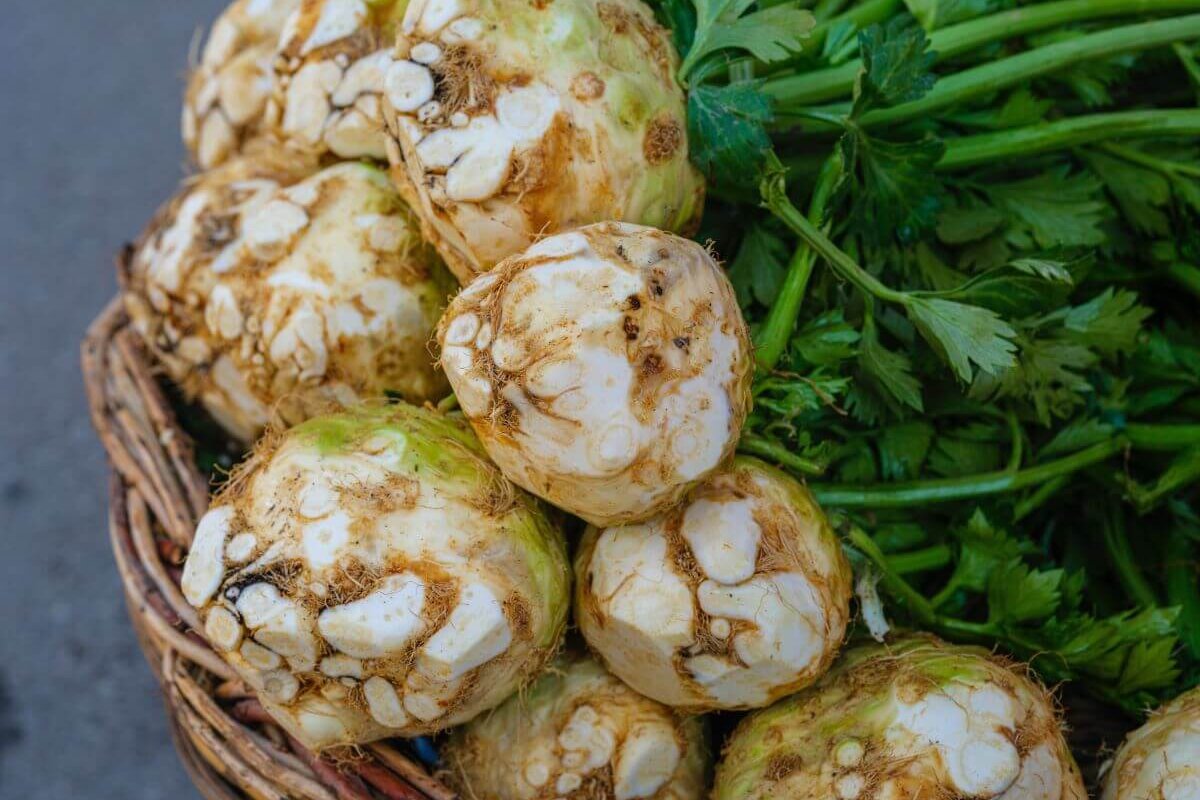
As discussed earlier, the celeriac varieties grow a bulbous hypocotyl at the base of the plant. It is commonly grown for its root crop rather than for its leaves or stems. The hypocotyl can be used as gratin. When storing, it should be submerged in a slightly acidic water to avoid discoloration.
| Variety | Description | Mature Height | Days to Maturity | Where to Buy |
|---|---|---|---|---|
| Brilliant | The heirloom Brilliant celeriac produces a root crop good for at least three months of proper storage. | 19 to 23 inches | 105 to 115 days | Territorial Seed Company, Burpee |
| Giant Prague | Another long-storing crop, the Giant Prague or Large Smooth Prague celeriac can be used in salads, soups, and stocks. In 1871, this heirloom celery was first introduced to home gardeners. | 8 to 12 inches | 110 to 120 days | True Leaf Market, Rare Seeds |
Popular Varieties of Chinese or Leaf Celeries
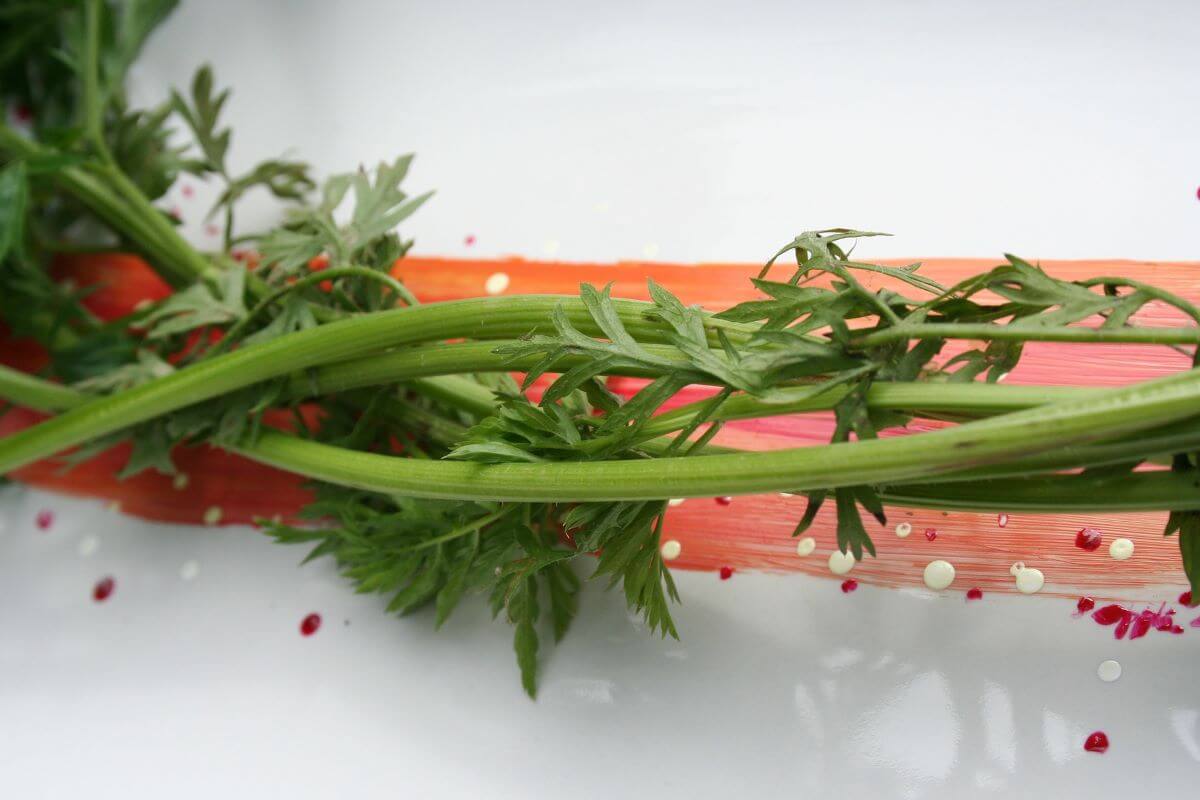
Many people prefer the leaves of Chinese celery on soups and stews due to their strong herby flavor. It is used in most Chinese and European cuisines. Other names for this type include smallage celery and cutting celery. In the United States, Chinese celery is more common in Asian grocery stores or local farmers markets.
| Variety | Description | Mature Height | Days to Maturity | Where to Buy |
|---|---|---|---|---|
| Amsterdam | Native to the Netherlands, the Amsterdam celery is traditionally used for soups and stews with a flavor similar to Italian parsley. Although its dark green stalks are fibrous, they are thinner than Pascal varieties. | 10 to 12 inches | 80 to 115 days | Rare Seeds |
| Chinese Pink | This open-pollinated variety has pink to purple stalks with dark green leaves. The Chinese Pink is popular in Northern China due to its frost resistance and simple growing maintenance. | 8 to 10 inches | 80 to 90 days | Territorial Seed Company, Rare Seeds |
| Chinese White | The Chinese White celery is more heat resistant compared to other varieties. It is easy to grow, sprouting in 15 to 20 days. | 15 to 23 inches | 80 to 90 days | Rare Seeds |
| Light Green | The Light Green variety does not have the typical ribbed stalks found in celery. Instead, it produces thin green stalks most suitable for container growing. | 18 to 24 inches | 50 to 60 days | True Leaf Market |
| Kintsai or Nan Ling Cutting | This variety has a sweeter flavor compared to other Chinese varieties. They also produce small flowers and thrive in full sun and damp soil. | 12 to 18 inches | 60 to 90 days | True Leaf Market |
Popular Varieties of Pascal or Stalk Celeries

Due to their resistance to cold temperatures, the Pascal or stalk celeries are prevalent in American farms and supermarkets. They can grow in zones 2 thru 10 based on the United States Depart of Agriculture’s (USDA) hardiness zone map.
| Variety | Description | Mature Height | Days to Maturity | Where to Buy |
|---|---|---|---|---|
| Giant Red | With purplish to green stalks, the Giant Red has wide ribbed stalks suitable for making “Ants on a Log.” This variety has the classic celery flavor. | 16 to 24 inches | 100 to 140 days | Rare Seeds |
| Golden Boy | This string-free Pascal celery has a unique golden yellow color and tender texture. | 18 to 20 inches | 85 to 90 days | True Leaf Market |
| Golden Self Blanching | When planting the Golden Self Blanching celery, there’s no need to blanch or trench the plant. It produces thick and crispy string-free stalks, which can be used as an ingredient for stuffing. | 24 to 30 inches | 85 to 105 days | True Leaf Market |
| Tall Utah 52-70 | The Tall Utah 52-70 can grow as long as a foot long with resistance to cold and disease. Consume the stalks as celery sticks for a crunchy snack. | 12 to 24 inches | 100 to 110 days | Eden Brothers, True Leaf Market, Burpee |
| Tango | The sweet-flavored Tango celery offers a reliable harvest of tender and thick stalks. | 18 to 20 inches | 85 to 90 days | Territorial Seed Company, Burpee |
Other Varieties of Celery
Another way to enjoy celery in your meals is by harvesting them early as microgreens. This way, you can benefit from their nutrition without having to wait long. Learn more about the best celery varieties for early harvest below.
Popular Varieties of Baby and Microgreen Celeries
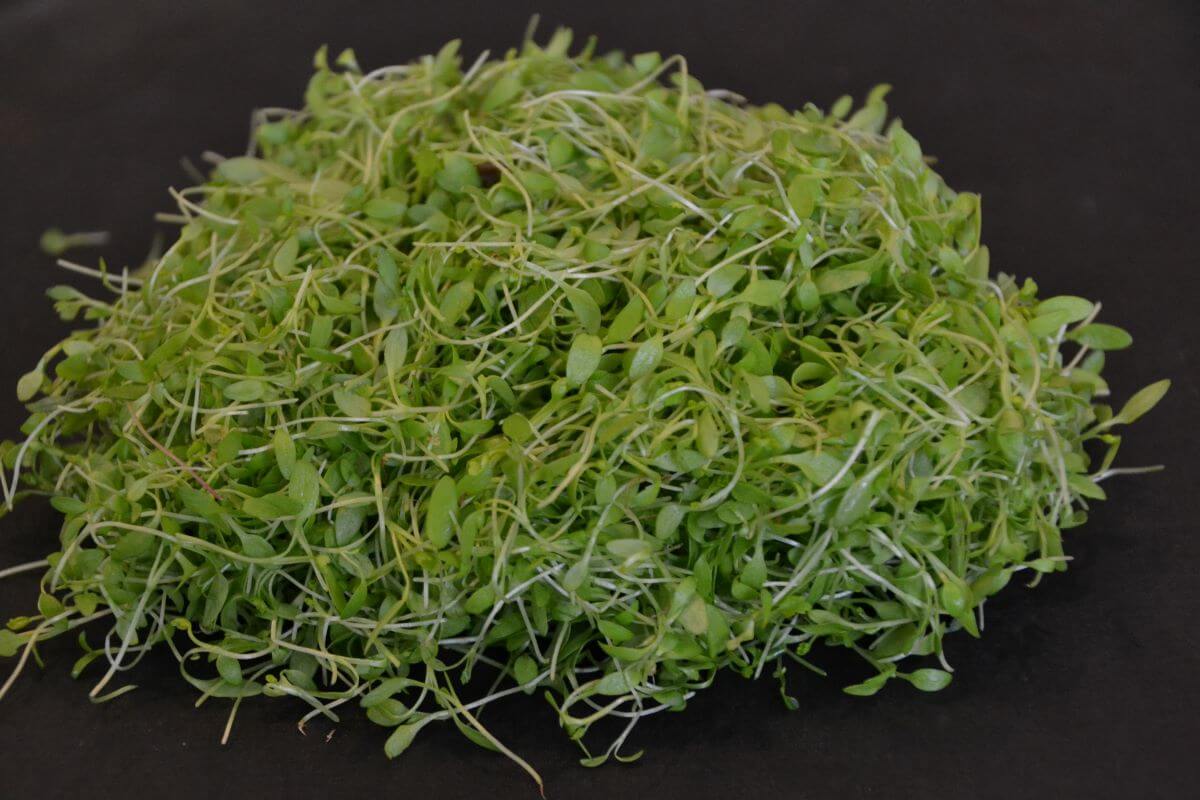
A study from the Biological Trace Element Research revealed that microgreen celery has higher mineral content — such as calcium, nitrogen, potassium, and sulfur — compared to their mature counterparts.
| Variety | Description | Texture | Days to Maturity | Where to Buy |
|---|---|---|---|---|
| Celery Microgreens | This heirloom seed variety can add freshness to your meals with bright and subtle hints of a classic celery flavor. | Soft | 21 to 28 days | True Leaf Market |
| Utah 52-70 Microgreens | For a more intense celery flavor in your microgreens, opt for the Utah 52-70 variety. It requires no soaking. | Soft | 21 to 28 days | Eden Brothers, True Leaf Market, Burpee |
FAQ About Types of Celery
What insects or pests are to watch out for when planting these types of celery?
Celery often falls victim to aphids, aster leafhoppers, carrot rust flies, cut worms, nematodes, and weevils.
What are the uses of the hypocotyl or bulb in celeriac varieties?
The bulb in celeriac varieties provides a creamy and soft texture to sauce, soup, and stew recipes. You can also fry or roast this part of the plant after peeling. It works well with cheese and other dairy products.




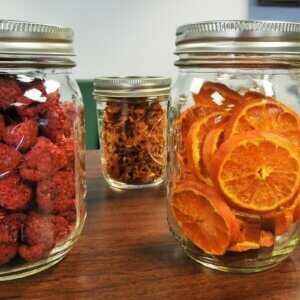
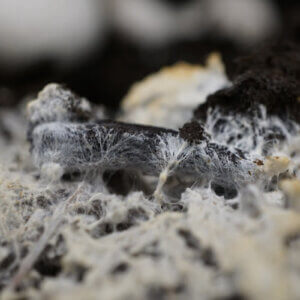





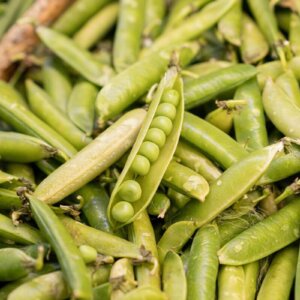

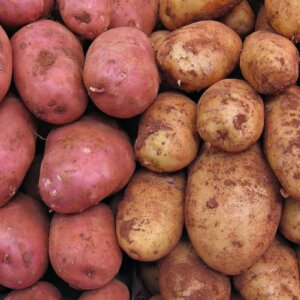
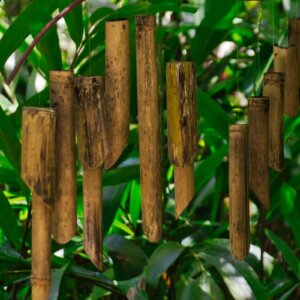

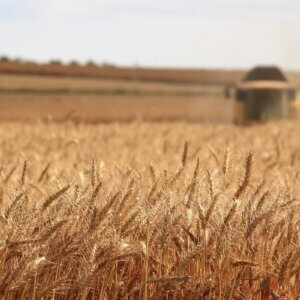

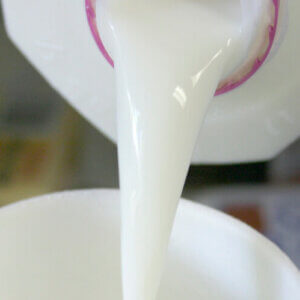

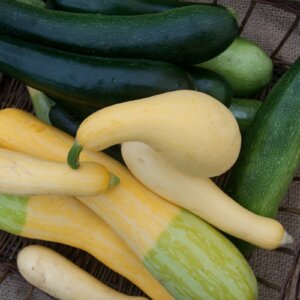

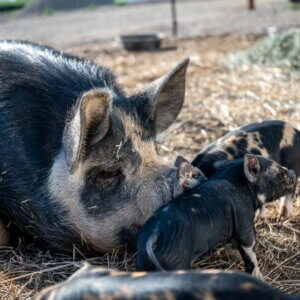
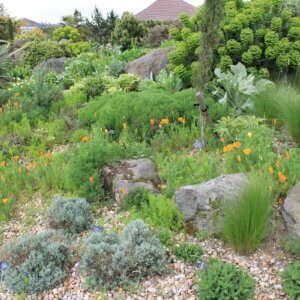




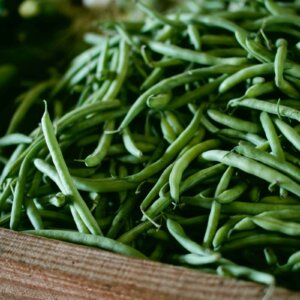

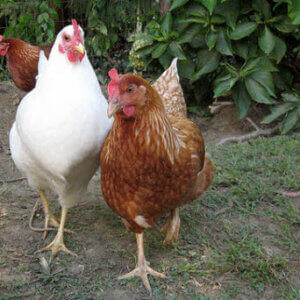
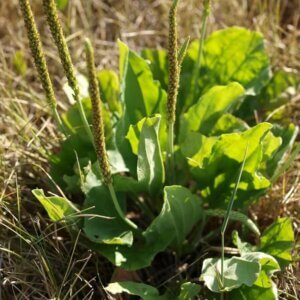



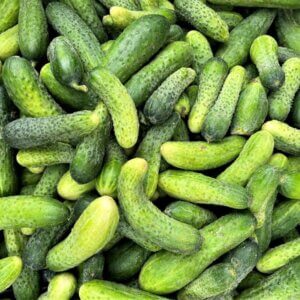




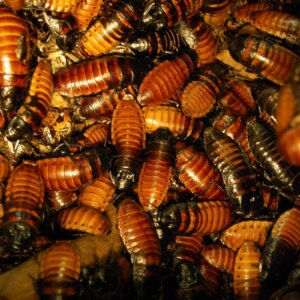

Leave a Reply